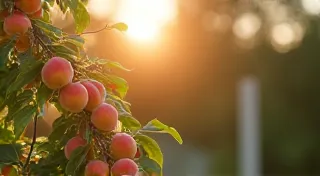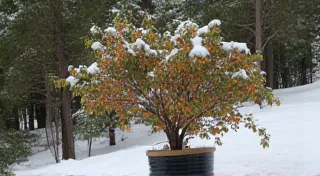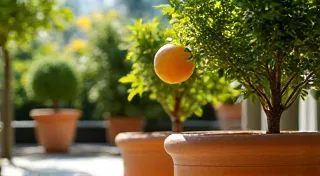Troubleshooting Common Problems with Container-Grown Dwarf Fruit Trees
Growing dwarf fruit trees in containers is a rewarding experience, offering fresh, homegrown fruit even with limited space. However, like any gardening endeavor, challenges can arise. Don't be discouraged if you encounter problems; this article will help you diagnose and solve common issues, ensuring your container-grown dwarf fruit trees thrive.
1. Leaf Drop – Understanding the Causes
Sudden or excessive leaf drop is a frequent concern. It can be caused by several factors:
- Watering Issues: Both overwatering and underwatering can cause leaves to drop. Overwatering suffocates the roots, while underwatering leads to dehydration.
- Temperature Stress: Extreme heat or sudden cold snaps can shock your tree and cause leaf drop.
- Nutrient Deficiency: Lack of essential nutrients can weaken the tree and lead to premature leaf loss.
- Pest Infestation: Certain pests can damage leaves, triggering them to drop.
- Transplant Shock: Newly transplanted trees often experience leaf drop as they adjust to their new environment.
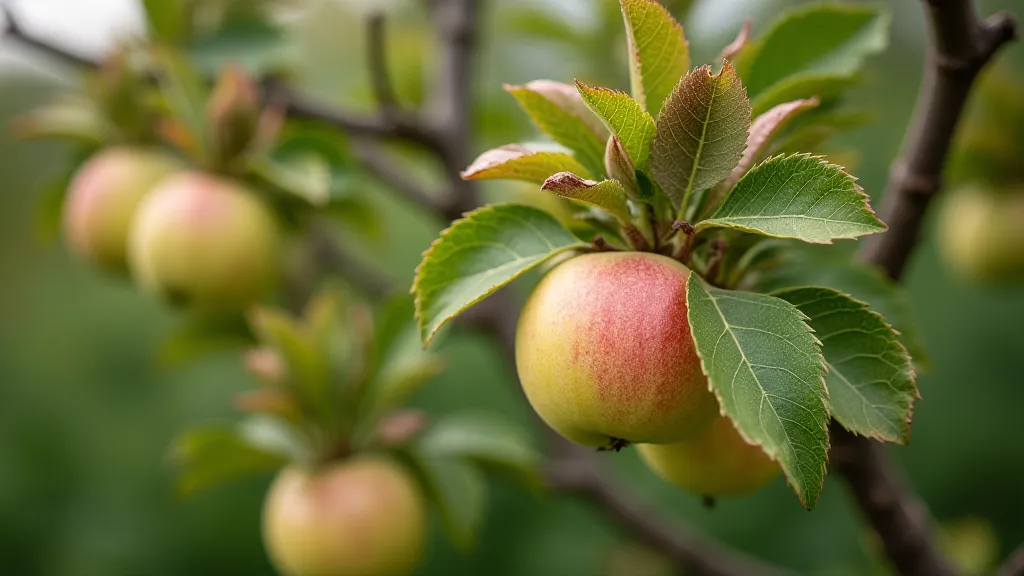
Solution: Carefully assess your watering habits, protect your trees from extreme temperatures, and ensure adequate fertilization. If transplant shock is the culprit, be patient and provide extra care.
2. Stunted Growth – Unlocking Potential
If your dwarf fruit tree isn't growing as vigorously as it should, consider these potential causes:
- Pot-Bound Roots: The roots may have outgrown the container, restricting nutrient and water uptake.
- Insufficient Sunlight: Fruit trees need at least 6-8 hours of direct sunlight daily.
- Soil Issues: Poor drainage or a soil mix that doesn't provide adequate aeration can hinder growth.
- Root Diseases: Fungal or bacterial infections can damage the root system, leading to stunted growth.
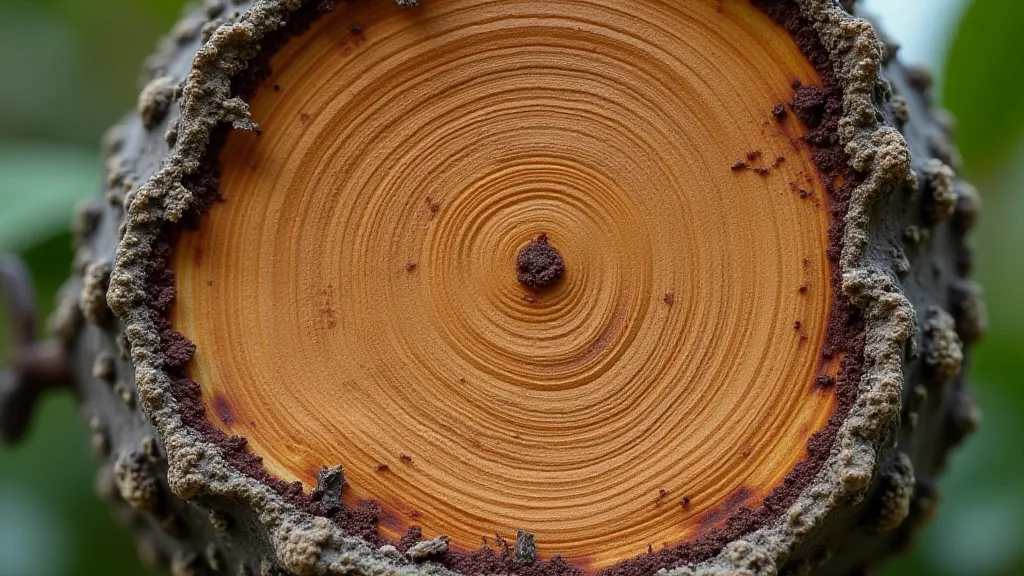
Solution: Repot your tree into a larger container with fresh potting mix. Ensure the location receives adequate sunlight. Check for root diseases and address them promptly. Proper soil aeration is key - use a well-draining potting mix.
3. Poor Fruit Set – Maximizing Your Harvest
A healthy tree might still fail to produce abundant fruit. Here's what could be happening:
- Pollination Issues: Many fruit trees require cross-pollination – pollen from a different variety is needed.
- Lack of Chill Hours: Some fruit trees need a certain number of "chill hours" (hours below a specific temperature) to initiate flowering.
- Nutrient Imbalances: An imbalance of nutrients can prevent flowering or cause flower drop.
- Stress: Environmental stress (drought, heat, pests) can hinder fruit set.
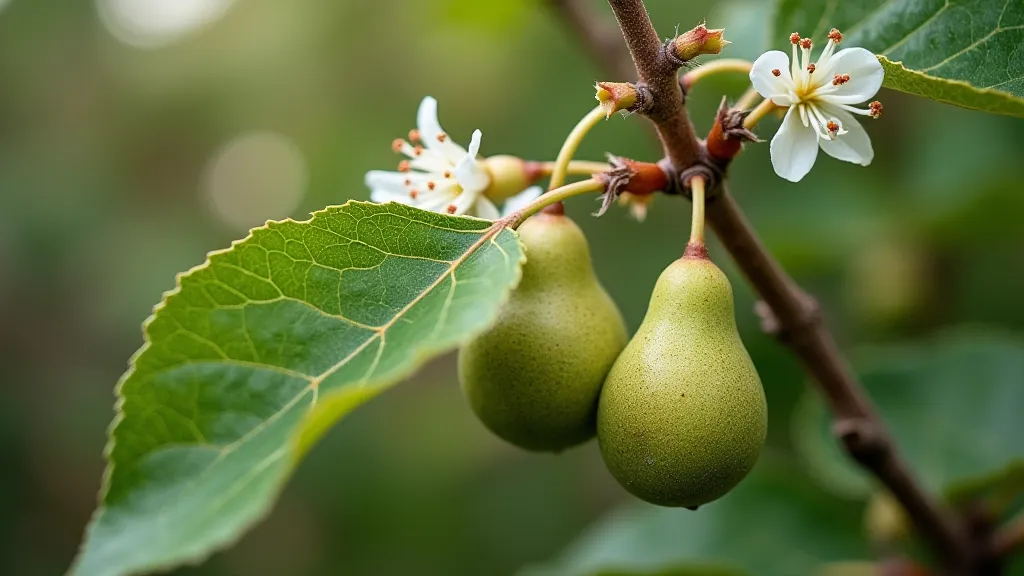
Solution: If pollination is the problem, consider hand-pollinating or planting a compatible pollinator tree nearby. Choose fruit tree varieties suitable for your climate’s chill hour requirements. Ensure balanced fertilization. Reduce stress factors and protect trees from harsh conditions.
4. Yellowing Leaves – A Sign of Trouble
Yellowing leaves (chlorosis) can be caused by a variety of problems. The pattern and severity of yellowing can provide clues:
- Iron Deficiency: Yellowing between the veins, while the veins remain green, often indicates iron deficiency.
- Nitrogen Deficiency: Overall yellowing of older leaves is often a sign of nitrogen deficiency.
- Root Problems: Root rot or other root issues can disrupt nutrient uptake, causing yellowing.

Solution: Address any underlying root problems. Amend the soil with chelated iron for iron deficiency. Fertilize with a balanced fertilizer. Ensure proper drainage to prevent root rot.
5. Pest and Disease Management – Proactive Protection
Container-grown fruit trees are susceptible to pests and diseases just like those grown in the ground. Regular inspection is essential.
Common Pests: Aphids, spider mites, scale insects.
Common Diseases: Powdery mildew, fungal leaf spots, root rot.
Solution: Use insecticidal soap or horticultural oil to control pests. Prune away infected leaves and branches. Ensure good air circulation to prevent fungal diseases. Use disease-resistant varieties when possible.
By carefully observing your dwarf fruit trees and addressing problems promptly, you can enjoy a bountiful harvest from your container garden.

